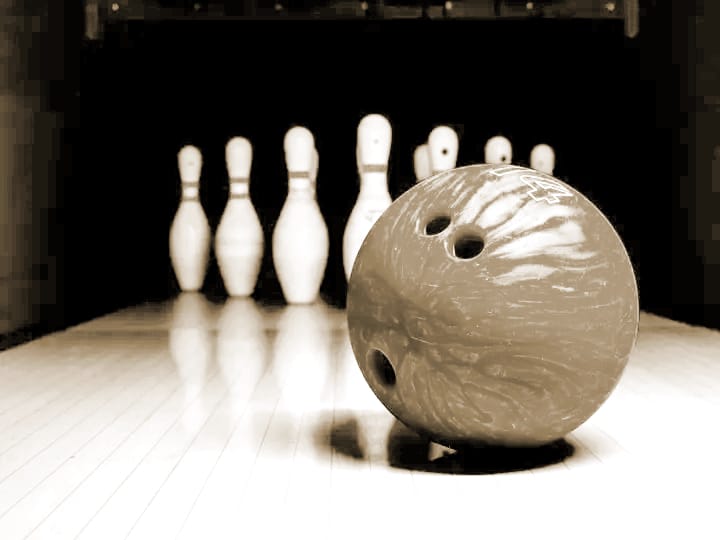The Self and Ego in Gestalt Therapy
I’ve been hearing a lot of “What am I doing, this isn’t me, I’m not myself” in therapy lately. As a gestalt therapist, I have a tendency to stick to the word ‘self’ whenever I hear it mentioned.
When discussing that ‘self’ the clients are talking about, it is important to know that, from a gestalt standpoint, it’s not a thing or something that exists only for itself. Rather, self is a process that occurs on the ‘contact boundary’ between the organism and the environment, it is a co-creation of me (myself) and my environment.
How does ‘the Self’ function in Gestalt Therapy?
The self “works” in four main ways or styles that Perls, founder of Gestalt therapy, calls Id function, the Ego function, Persona function and Middle mode. However, it is important to mention that, in the spirit of gestalt, there are no clear boundaries between these functions, they are all interdependent and the functioning of all others depends on each and every one individually.
Perls saw these functions as separate, partial structures, as an expression of the self where each of them, in its own way, contributes to both healthy functioning and certain types of unhealthy functioning.
What is the Ego?
The Ego is all about conscious and thoughtful choices for which we take full responsibility, it’s about everything that we consciously decide in the present moment. Ego refers to intentionality, responsibility and healthy aggression in the process of satisfying a need. At the same time, The Ego allows us awareness, self-awareness and introspection. Thus, Ego disorders refer to disturbed boundaries and lack of consciousness in the now and here.
Issues with Awareness
Through years of therapeutic practice, Perls has discovered that the main issue for most patients is the lack of awareness and spontaneity when contacting the environment. He also found that, through the use of therapy experiments, patients were able to recognize their own ways of avoiding awareness (i.e., to become aware of their patterns) and to try and dare to act differently. He believed that the very experience of conscious control over avoiding one’s own consciousness will help enable the direction of development towards something more creative and self-supportive.
With awareness comes responsibility. The therapist does not solve the client’s problems. Once the client becomes aware of his mechanisms and control over his actions, he becomes aware of his responsibility for them. The client is an active and responsible participant who learns to experiment in a safe space, experimentation serves to achieve his goals through his own efforts. Gestalt therapists strive to achieve a good balance of support and frustration (excessive support encourages the client to stick to learned patterns, and excessive frustration can result in rejection of the therapist).
Gestalt Therapy at its core
The essence of gestalt therapy is to work on increasing awareness and responsibility for realizing one’s own potential. Finally, it is important to note that in the case of a “healthy individual”, there are no clear strict boundaries between the Ego Function and other functions, they constantly change and overflow imperceptibly. The Id collects all potential figures, and the Ego identifies and chooses or rejects possibilities.
If we do not allow the contact process phase (for which Id is in charge), it will be impossible to move on to identifying needs and interests and finding resources in the middle through which we can meet these needs and interests (for which the Ego is in charge), this will shake our awareness of who we were, who we are and who we want to become (Persona). Working on one function of the self implies and brings the processing of other functions of the self and their “cooperation”, so the ultimate goal of therapy becomes achieving a degree of integration that facilitates the client’s own development.
If you think that you can benefit from professional support on this issue you can reach out here.
Branka Mlinar is a psychologist and Gestalt therapist offering psychotherapy and counselling to adolescent and adult individuals. She’s mostly worked with problems of anxiety, interpersonal and relationship issues, procrastination, work-related stress, trauma, and grief.
References:
- Clarkson, P. (1989). Gestalt counselling in action. Sage.
- Ginger, S. (2007). Gestalt therapy: the art of contact. Routledge.
- McLeod, L. T. L. (1991). The self in Gestalt therapy theory (Doctoral dissertation, Antioch University).
- Perls, F., Hefferline, G., & Goodman, P. (1951). Gestalt therapy. New York, 64(7), 19-313.
- Philippson, P. (2001). Self in relation. Gestalt Journal Press.
Yontef, G. M. (1993). Awareness, dialogue & process: Essays on Gestalt therapy. The Gestalt Journal Press.







